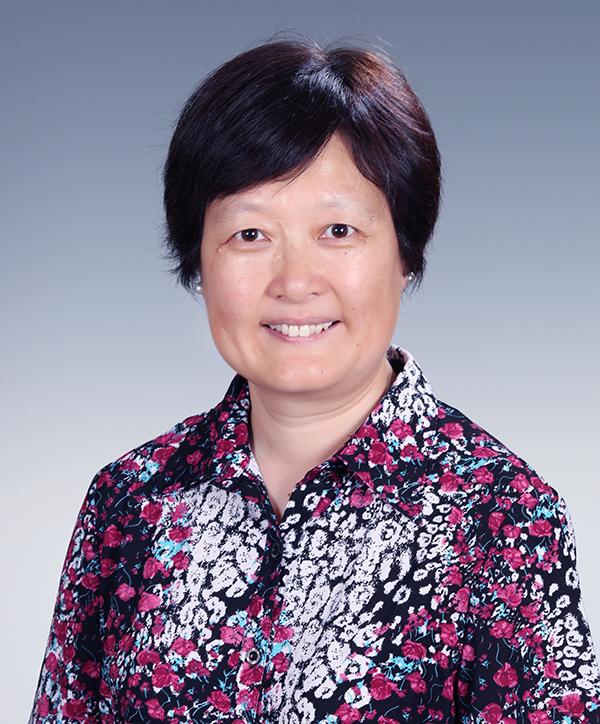 |
| GU, Hongya |
guhy(AT)pku.edu.cn
| Title: |
|
| Office Address: |
Biotechnology Building,Peking University, No.5 Yiheyuan Road, Haidian District,Beijing, P.R.China 100871 |
| Lab Address: |
Biotechnology Building,Peking University, No.5 Yiheyuan Road, Haidian District,Beijing, P.R.China 100871 |
| Lab Homepage: |
http:// |
| Personal Homepage: |
http:// |
|
